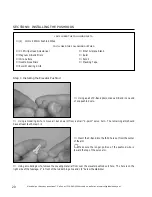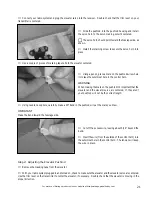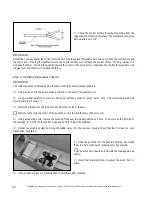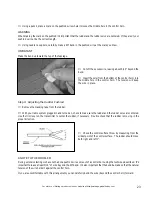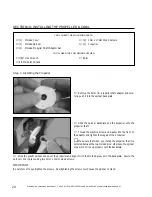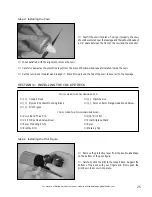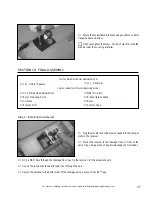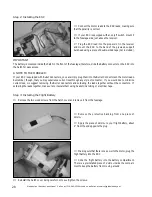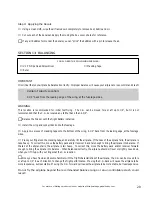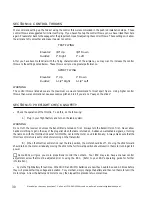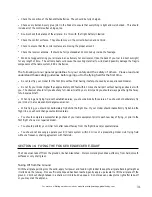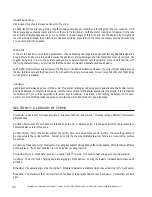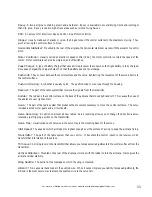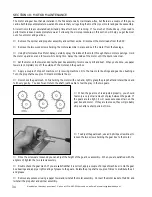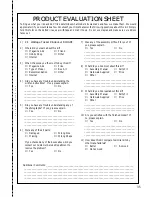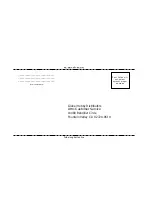
33
For more cool Wattage products visit our website at http://watt-age.globalhobby.com
Epoxy:
A two-part glue containing a resin and a hardener. Epoxy is available in several drying times and is stronger
than C/A glue. Epoxy is used in high stress areas such as joints of wing halves.
ESC:
An acronym for Electronic Speed Control. See Motor Controller.
Hinges:
Usually made out of plastic or nylon, the hinges connect the control surfaces to the stabilizers or wing. They
pivot, allowing the control surface to move.
Horizontal Stabilizer:
Mounted in the rear of the airplane, the horizontal stabilizer works with the elevator to control
pitch.
Motor Controller:
Usually called an electronic speed control (ESC), the motor controller controls the speed of the
motor. Motor controllers can also be simple on and off switches.
Peak Charger:
A type of battery charger that uses a microprocessor to sense when the flight battery is fully charged.
Once peak charged, the charger shuts off so that the battery does not overcharge.
Pushrods:
They connect between the control surface and the servo, transferring the movement of the servo directly to
the control surface.
Pushrod Housing:
A tube that is usually nylon. The pushrod tube or wire runs through the housing.
Receiver:
The part of the radio system that receives the signals from the transmitter.
Rudder:
The rudder is the control surface on the back of the airplane that moves right and left. This causes the nose of
the airplane to yaw right and left.
Servo:
The part of the radio system that produces the movement necessary to move the control surfaces. The servo
includes a small motor, gears and a circuit board.
Servo Reversing:
An option on almost all new radios. Servo reversing allows you to change the direction a servo
rotates by just flipping a switch on the transmitter.
Servo Tray:
Usually made out of plywood, the servo tray is the mounting base for the servos.
Stall Speed:
The speed at which air stops moving fast enough over the surface of a wing to keep the airplane flying.
Transmitter:
The part of the radio system that you control. It transmits the control inputs to the receiver, which
transfers that information to the servos.
Trim Lever:
A sliding lever on the transmitter that allows you to make small adjustments to the control surfaces from the
transmitter.
Vertical Stabilizer:
Mounted on the rear of the airplane, it works with the rudder to turn the airplane. It also gives the
airplane vertical stability.
Wing Saddle:
The portion of the fuselage on which the wing is mounted.
Z-Bend:
This is a special bend made in the pushrod wire. While it cannot improve your ability to make adjustments, the
Z-Bend is the most secure way to attach the pushrod wire to the servo horn.


